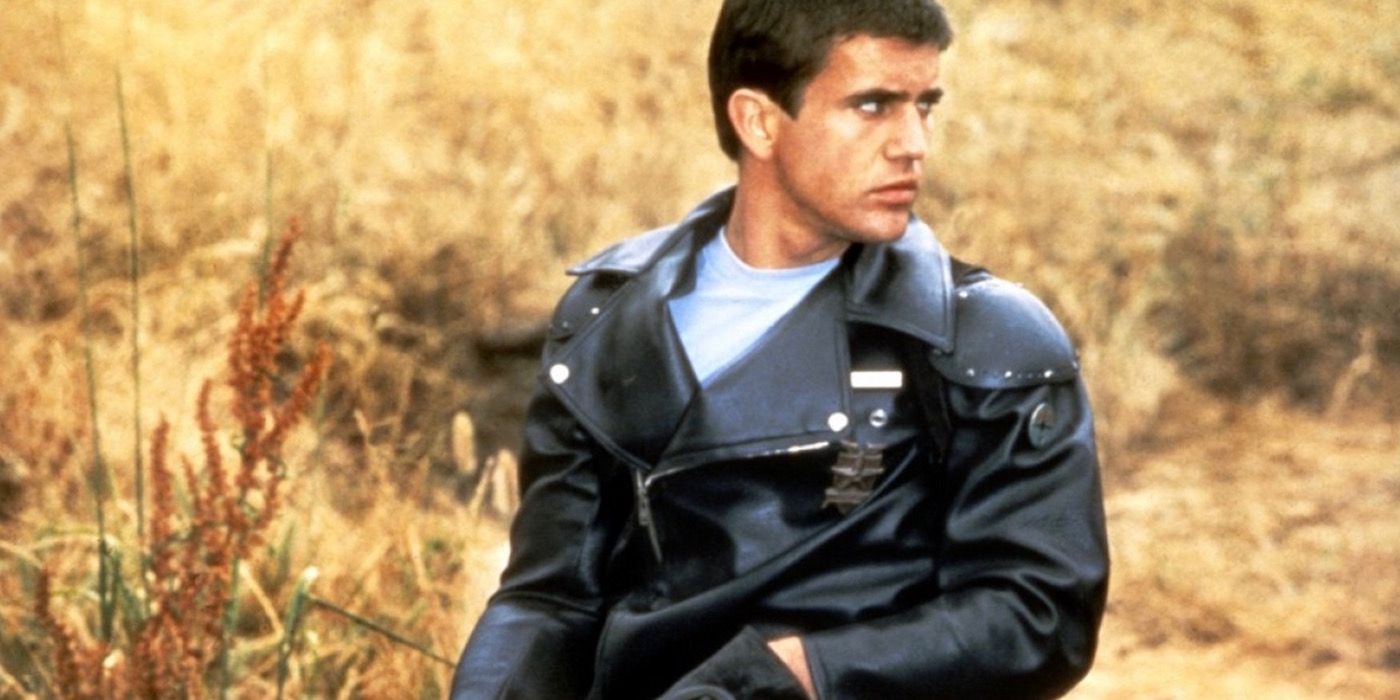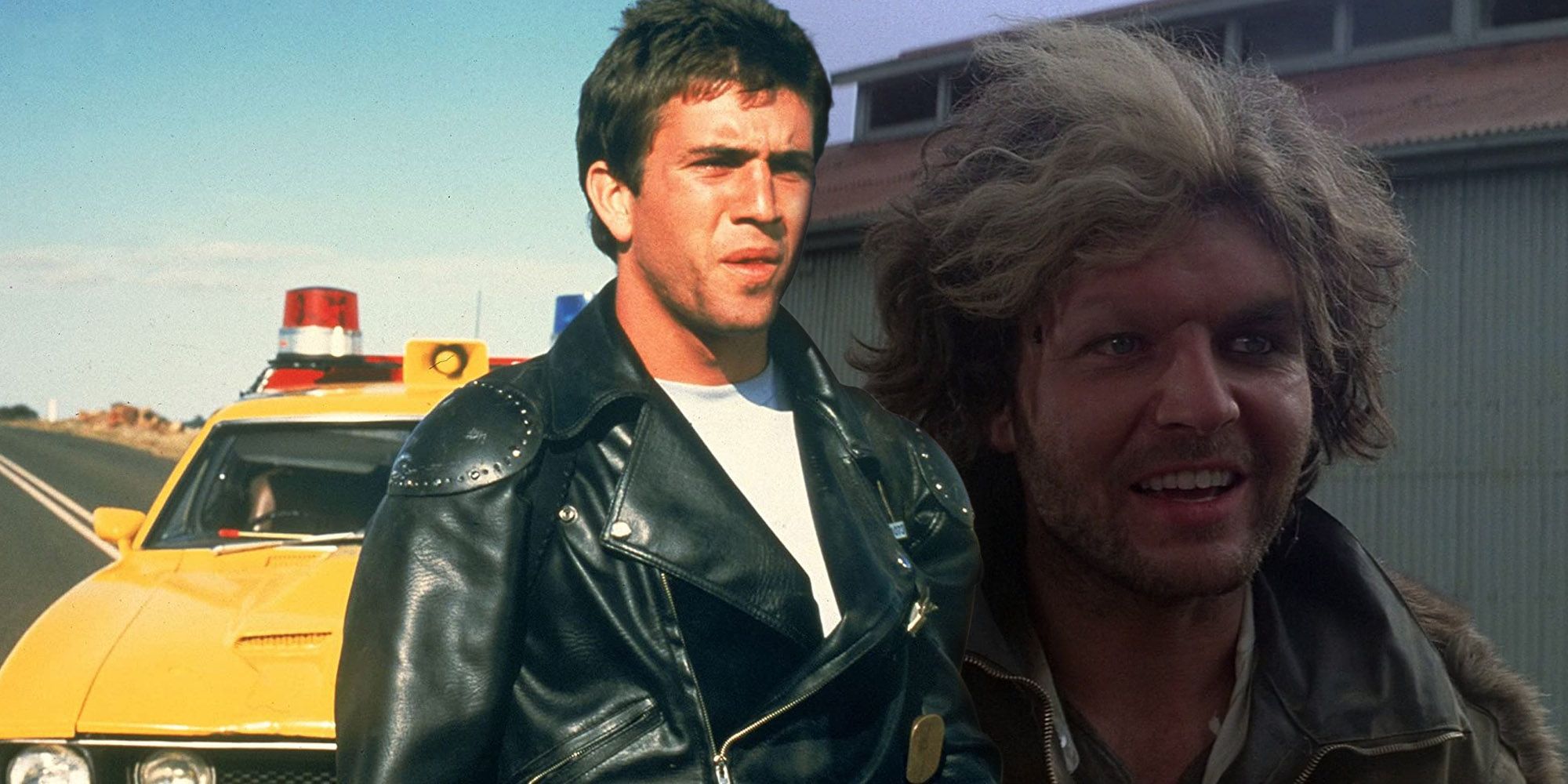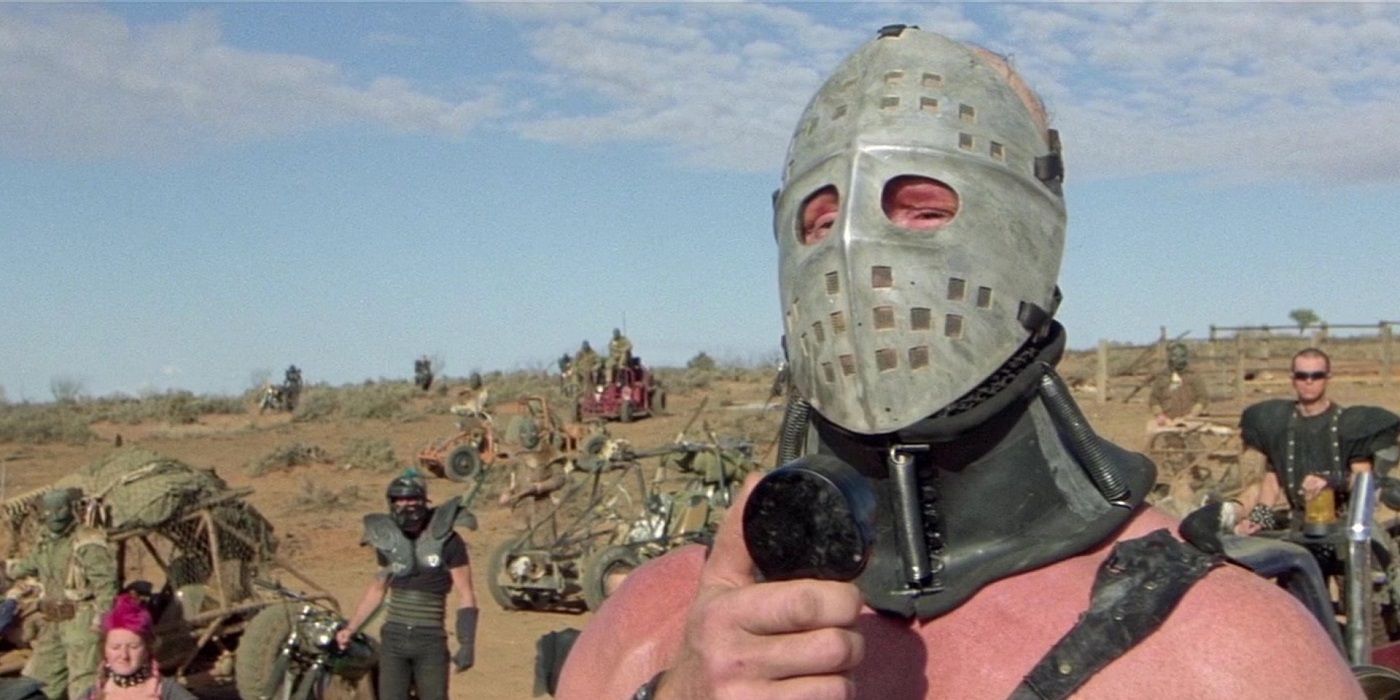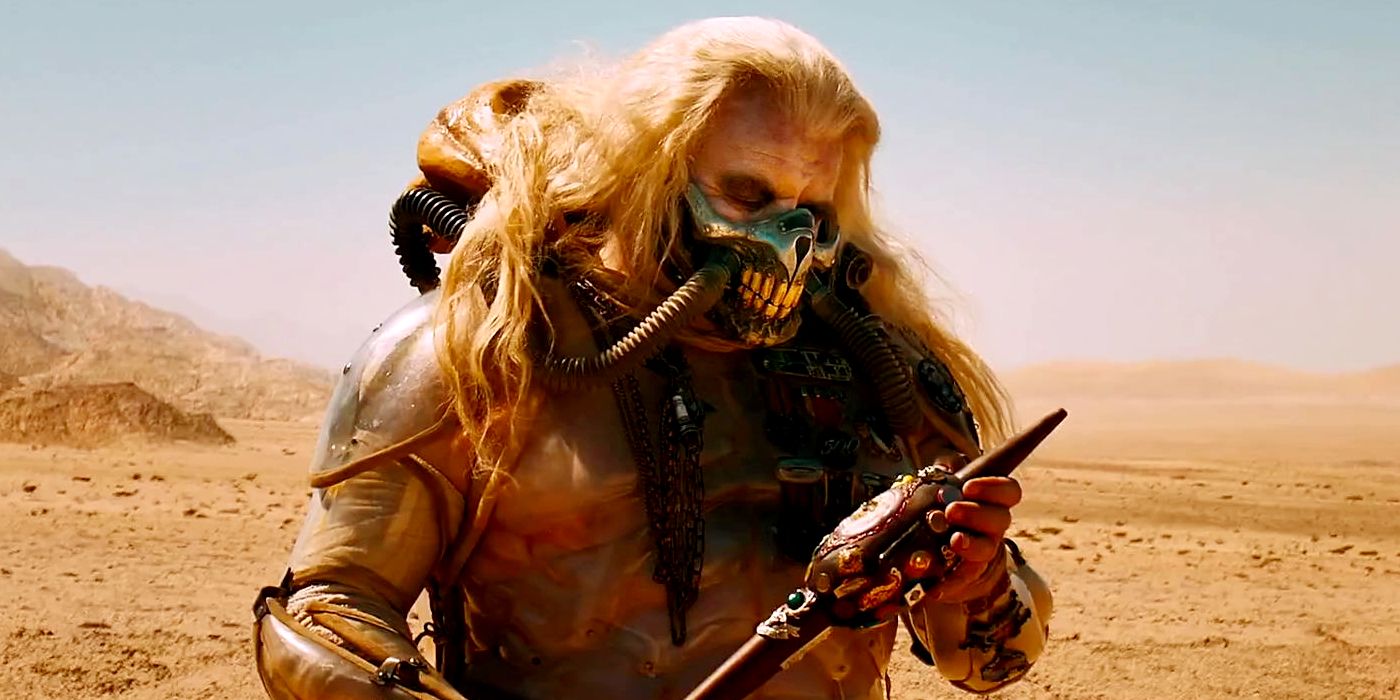Since the original Mad Max was released in 1979, the sci-fi action franchise has been predicting the future of the world’s over-reliance on oil—and the later movies contain worrying news for society’s future. Released in 1979, Babe director George Miller’s Mad Max was a sparse, raw revenge thriller that saw a fresh-faced Mel Gibson star in the title role of Max Rockatansky, a police officer who attempts to maintain law and order as society crumbles around him.
Eventually, the original Mad Max sees its antihero seek violent revenge on the villainous Toecutter and his gang of psychotic bikers after they murder Max’s wife and family. The movie was a massive success despite its slow pace and dark tone, prompting Miller to create a trio of more over-the-top, sci-fi-focused sequels in The Road Warrior, Beyond Thunderdome, and Fury Road.
The original Mad Max script was co-written by journalist James McCausland, who said the story was inspired by the 1973 oil crisis and the civilian response to the phenomenon in Miller’s native Australia. Per McCausland, civilian motorists began hoarding oil for fear of a shortage, with access to oil trumping the importance of working together and maintaining social bonds. Mad Max may have been set in the future to explain its desolate settings, but the movie’s events were an exaggeration of then-recent history and a foreboding warning of what was still to come once peak oil was reached. Interestingly, the original Mad Max, its sequel The Road Warrior, and 2015’s follow-up Fury Road all predicted real-life reactions to the growing scarcity of oil and subsequent social response.
Mad Max Was About The Danger of Peak Oil
Set to be reached somewhere between 2021 and 2040 according to recent predictions, Peak Oil refers to the point in history where maximum oil extraction (and thus production) is finally reached. Scientists originally predicted that Peak Oil would occur before 2000, but the advent of controversial extraction practices like fracking stalled its arrival for some decades. However, the price of oil has nonetheless continued to climb globally as the supply steadily dwindles, and while Mad Max was also inspired by Miller’s time as an ER doctor, his co-writer McCausland’s contributions to the script centered around life in an imagined post-Peak Oil Australia.
Unfortunately, McCausland did not have to do too much prediction about how the country’s social response to an oil shortage would play out, since 1973's then-recent OPEC crisis already provided evidence for that possibility. Per the screenwriter (writing for The Courier-Mail), “There were further signs of the desperate measures individuals would take to ensure mobility. A couple of oil strikes that hit many pumps revealed the ferocity with which Australians would defend their right to fill a tank. Long queues formed at the stations with petrol—and anyone who tried to sneak ahead in the queue met raw violence. ... George and I wrote the [original Mad Max] script based on the thesis that people would do almost anything to keep vehicles moving and the assumption that nations would not consider the huge costs of providing infrastructure for alternative energy until it was too late.”
The Original Mad Max Shows The Danger Of Over-Consumption
The unforgettable villain Toecutter and his gang can take advantage of a societal collapse that is occurring due to fuel shortages in the first Mad Max movie, and Max proves powerless to stop the broader social breakdown (even though he can avenge his family). This is mirrored in the reality of oil shortages causing social unrest in the many countries where they have occurred, with law and order being shaky in the face of sanctions and a lack of reliable fuel supply lines often stretching the social fabric to breaking point. Without alternative energy sources, average citizens are forced to become as desperate as Max and Toecutter's gang over time out of necessity, and while the first film shows only a handful of criminals acting as villainous thugs, the next installment in the franchise showed everyone reduced to marauding fuel scavengers.
The Road Warrior Shows A Post-Peak Oil Future
The story of The Road Warrior is centered on the reality of life after an apocalyptic oil shortage, with a tanker (ostensibly) full of the stuff driving the narrative. It is an effective distillation and exaggeration of the original Mad Max’s thesis that a future without alternative energy solutions will see people reduce their lives to the procurement of oil over keeping basic society afloat. The Road Warrior’s original twist, revealing that Max’s badly-burned original movie partner Goose is the unseen face beneath the main villain Lord Humungus’ mask, further reinforced this idea that the police, the army, and every other state institution would be reduced to barbarism unless alternative energy supplies were sourced before oil became unobtainable.
Fury Road Shows The Social/Political Cost Of Peak Oil
Beyond Thunderdome provided further post-apocalyptic sci-fi action for the Mad Max series, but it wouldn’t be until 2015’s critically-acclaimed Fury Road that the Mad Max franchise further explored the social and cultural results of worldwide fuel shortages and interruptions to supply chains. Immortan Joe and the War Boys are a critique of violent, misogynistic authoritarian groups, which sprang up in many major nations in the years since the movie's release as fears of climate catastrophe loomed ever larger. Furthermore, their command of the Citadel’s water and fuel supply reinforces the franchise’s recurring idea that, in an environment defined by scarcity, the group controlling the supply of necessary fuel will begin inevitably controlling the population. Furiosa’s conflicted history as an Imperator proves that even decent people can become tools of violent, repressive systems when a society is built around constant drought, something that would be inevitable if Peak Oil was reached without alternative energy sources being sourced and mainstreamed beforehand.
What This Means For The Wasteland
As climate change rapidly worsens and attempts to establish an alternative, non-fossil fuel-based source of sustainable energy worldwide become more and more urgent, Miller’s Mad Max movies are more relevant than ever. The fact that the upcoming fifth installment The Wasteland is rumored to finally depict the apocalypse as it occurred in the Mad Max universe means viewers may finally see how the arrival of Peak Oil affects the fictional world in real-time, something that the many accurate predictions of the series thus far proves could be prescient for audiences in the near future.






